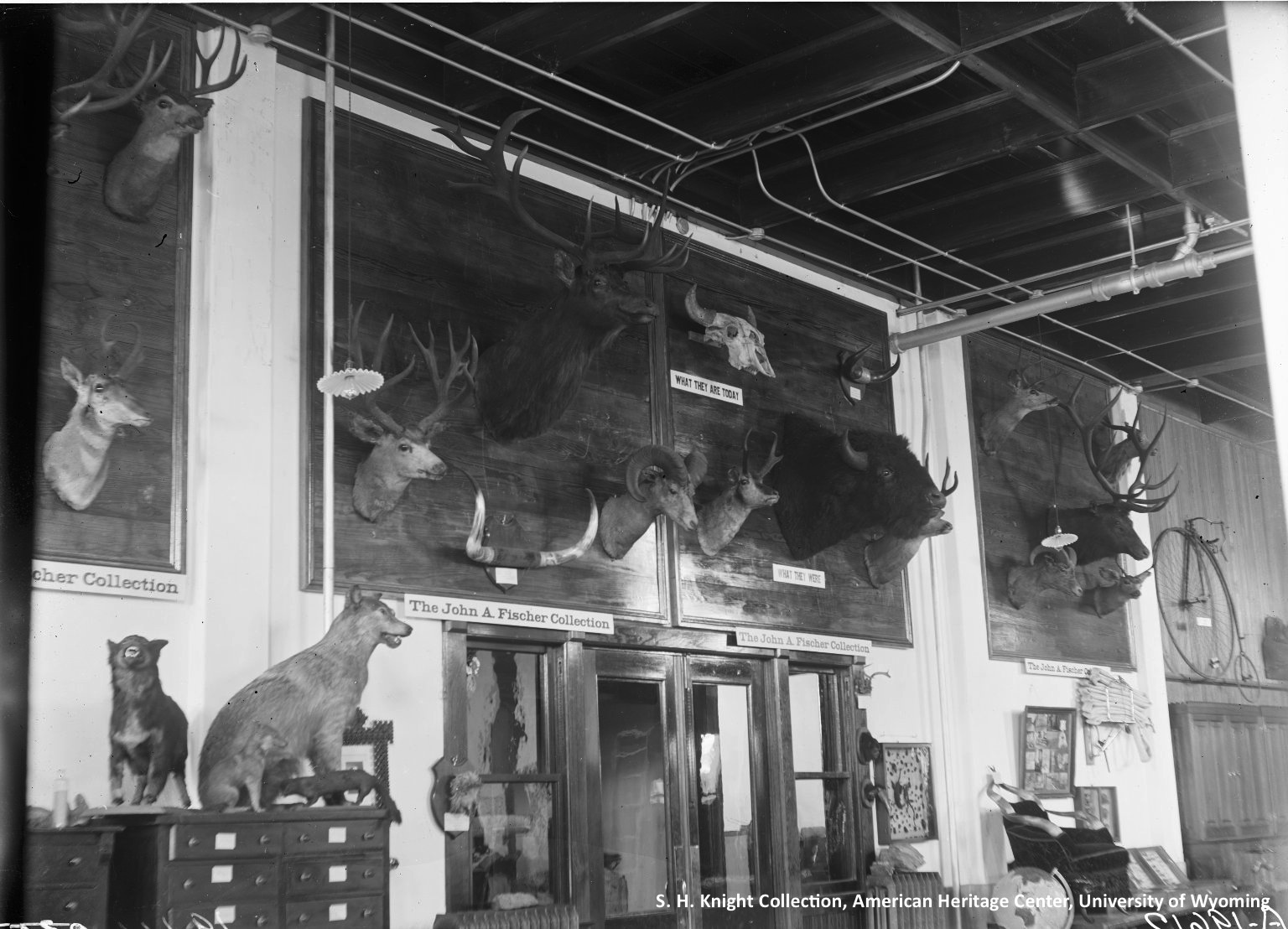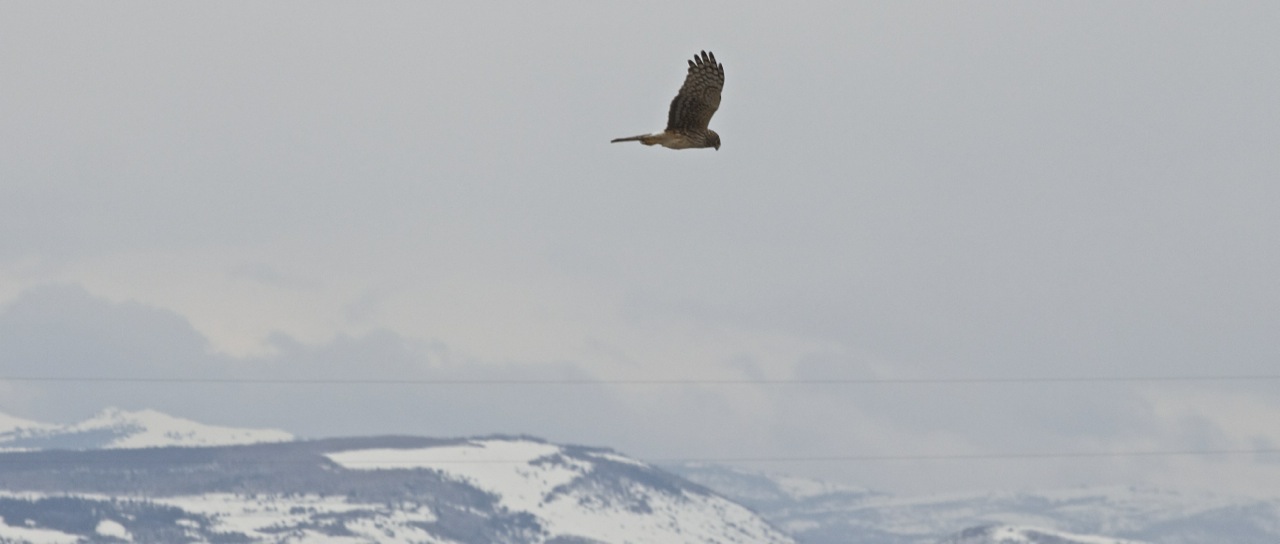About UWYMV
The University of Wyoming Museum of Vertebrates (UWYMV) began as an extension of the University Museum, founded in 1890, and originally housed in the Hall of Language (Old Main). Active collecting of extant vertebrates for the UWYMV began in 1896 under the curatorship of Wilbur C. Knight, the state geologist and Chair of Geology and Mineralogy in the School of Mines. The historical growth of the collection after Knight’s death in 1903 has been sporadic, dependent upon the interest and research of University of Wyoming students, faculty, and staff. During this time the museum went through long periods of inactivity.
The move of the UWYMV to the Berry Center in the spring of 2011 has opened up a period of renewed interest in the museum’s collections. Through active research, collaborations with affiliated scientists, and increased public participation, the UWYMV has entered into a stage of rapid expansion for all of its collections. The museum now consists of state of the art storage areas for both dry and wet collections. In addition, a tissue collection has been added to the UWYMV, as well as multiple preparatory labs for skeletons, skins, and fluids.
Please consult our loan policy for information on requesting different types of specimens for research.

THE UWYMV IN THE MOUNTAINS AND PLAINS
Situated in the intersection of the Rocky Mountains and the Great Plains, one of the UWYMV main goals is to preserve a record of the vertebrates found in these unique and rapidly changing landscapes. Through a combination of collections made by museum researchers, work with governmental agencies, and donations from the public, the museum's collections are designed to help document todays vertebrate diversity for generations to come.
If you would like to become involved in the work of the UWYMV, or would like to donate material to the museum, please visit our volunteer and donation pages.

